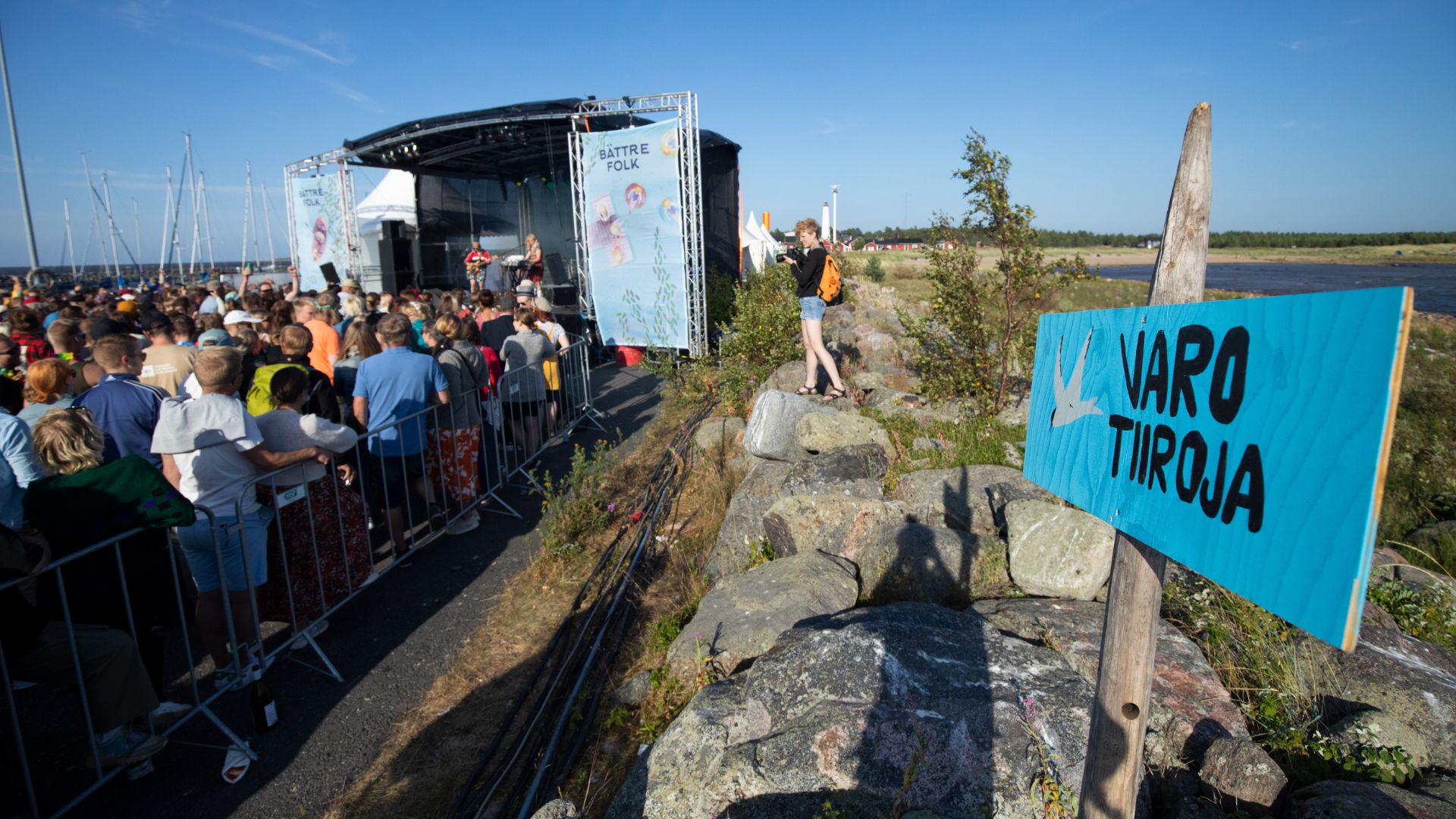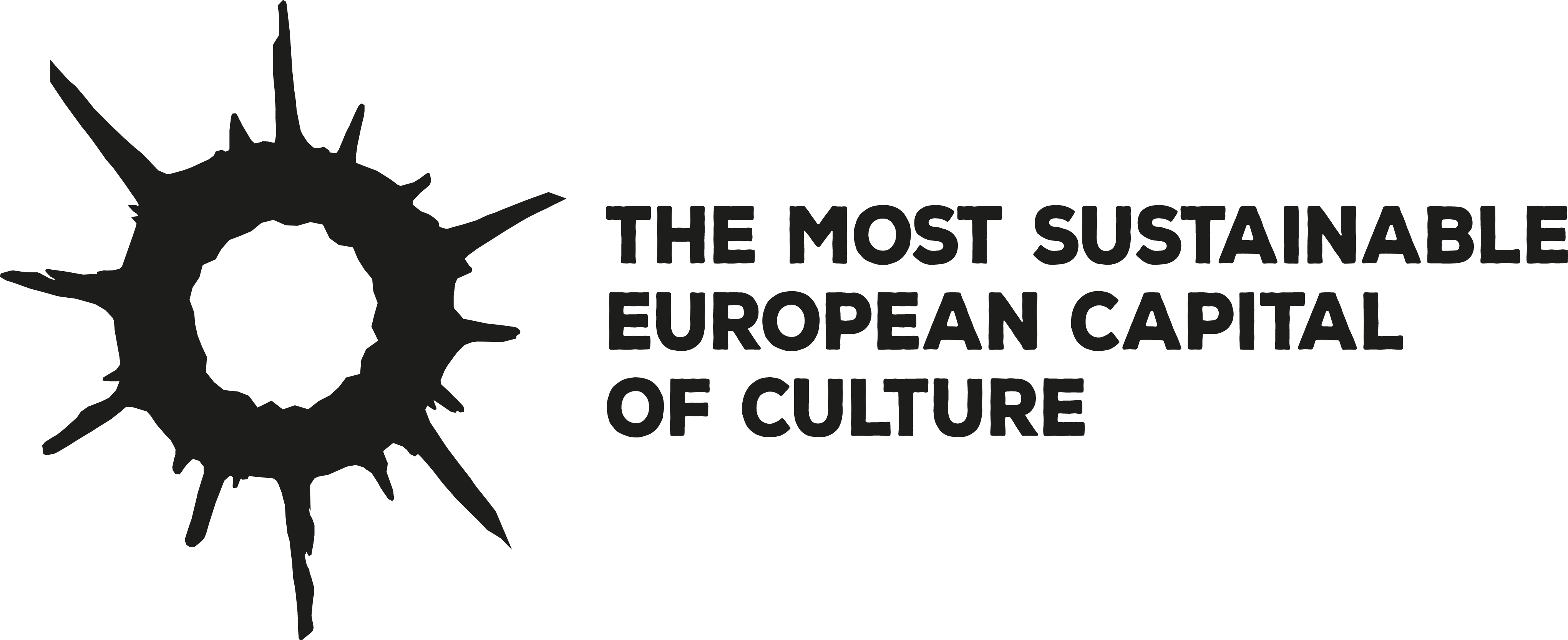Communication

An event that is proud of its green choices and values actively communicates about its actions to everyone: the media, the audience, the partners, as well as the staff and the volunteers. The audience can be told what choices have already been made on their behalf and also what is expected of them. Tell the audience. for example. that bottled water is not sold at the event and visitors are hoped to bring their own water bottles, which can be filled with clean Finnish tap water at the venue’s water points.
For communication itself to be responsible and transparent, the event organization must also communicate about things that did not go quite as planned. It is easier to tell about negative environmental impacts if you also tell how the situation will be improved next time. An increased carbon footprint does not necessarily tell about recklessness in environmental work, but rather about the event organization’s will to develop its activities.
Events are communal meeting places with influencing opportunities. Events can affect both the visitors’ attitudes and spark wider interest in acting responsibly. Thought-provoking communication on sustainability is also a good way to attract attention to responsible partners.
The use of digital communication channels has reduced emissions caused by printed event products, but it is still worth noting the environmental load of electronic communication. Digital emissions are caused by the production and use of appliances and networks and data centres needed for data transfer. The ICT sector is already estimated to consume 10 % of the world’s electricity.
Do this
Beginners
Do not be shy to communicate! Inform about the event’s environmental instructions or sustainability programme on your website and social media.
Commit employees, subcontractors and partners to responsibility in internal and stakeholder communications.
Make the necessary signs and guides for the venue from durable materials so that they can be reused year after year.
Advanced
At the event, communicate via info screens or festival apps instead of printing flyers and brochures.
Change paper tickets for food, drinks or admission to electronic identifiers in mobile devices or festival bracelets.
Ensure that any guides or signs, for example signs at sorting points and assigned smoking areas, are visible from crowd and placed high enough in large-scale events.
Next Level
Remember to use the sustainability criteria also when acquiring digital communication appliances.
Make an artist interview on social media about an artist touring by train or an artist using recycled materials.
Make a visitor survey, and ask the audience what they think about the event’s sustainability measures and whether they have suggestions for improvements for the event organizer.
Read how Mulperi Media organized their communication on responsible cigarette stubbing at Varjo festival.
More Information & Tips
For many events, responsibility is an important value, and they communicate it in an exemplary manner. Read more about how the following events tell about their responsibility activities on their websites: Ilosaarirock, Flow Festival, Eurosonic, Shambala Festival.


